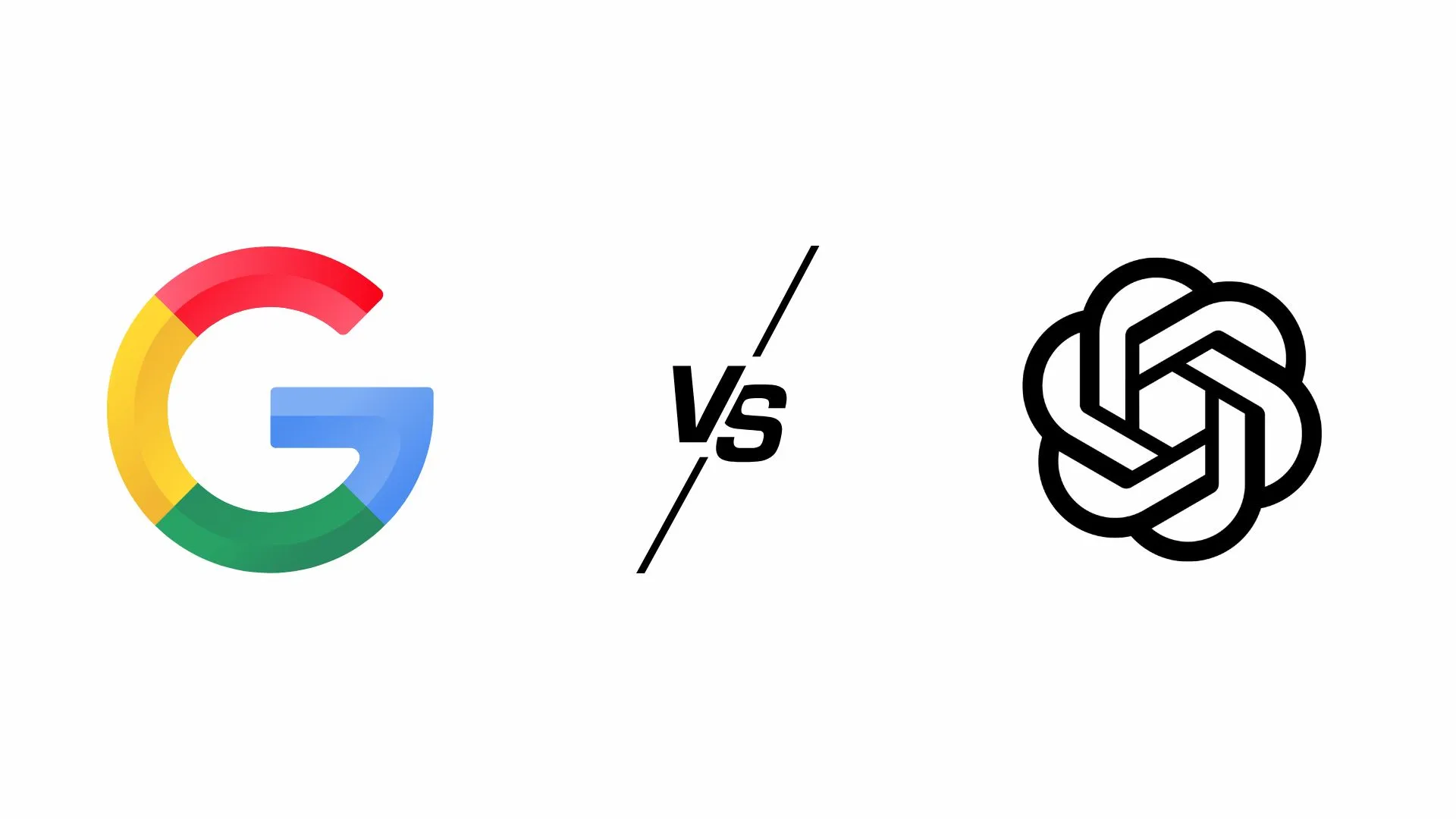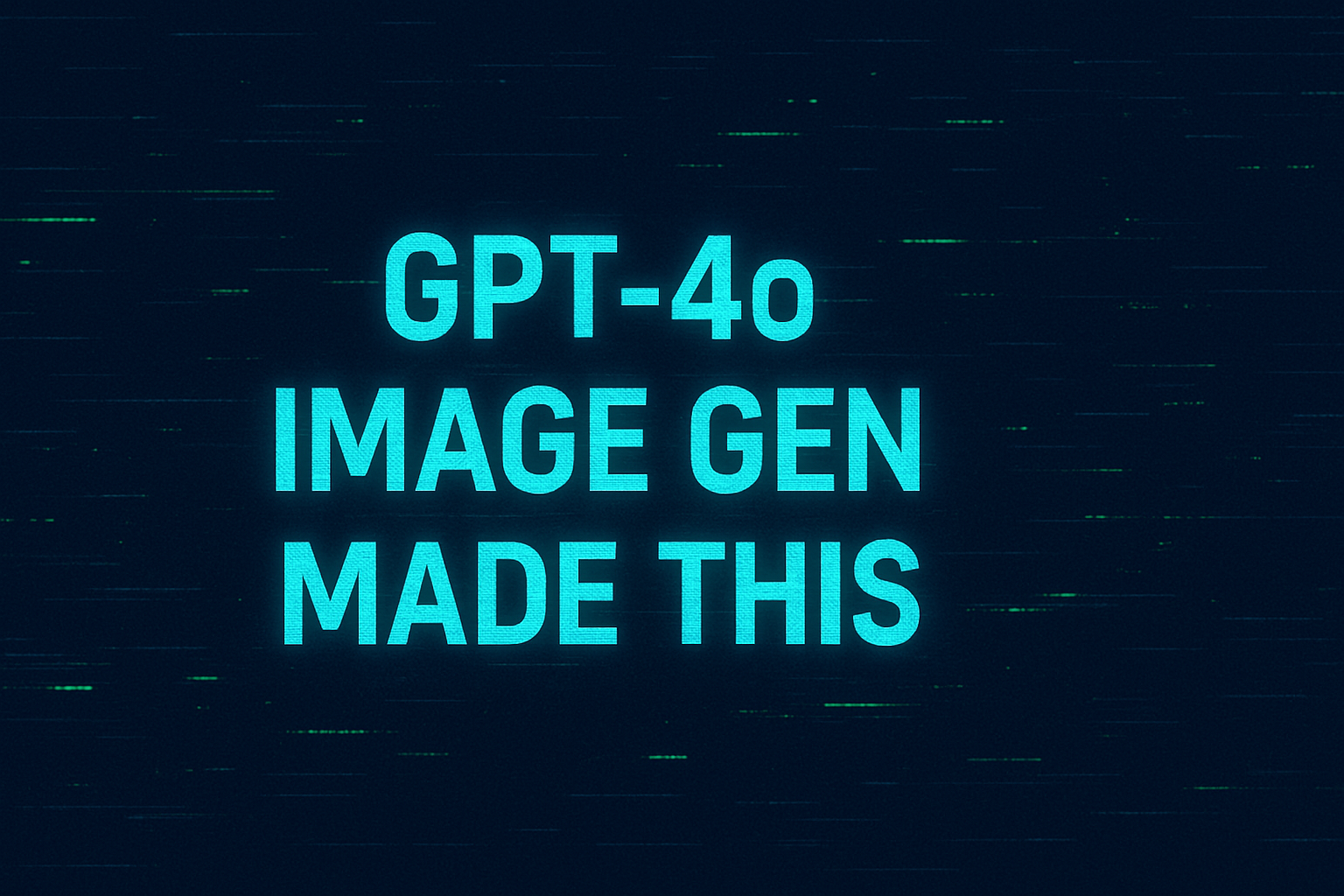
The Ultimate Guide to Prompting Google's Reasoning Models
Ever felt like you're talking to a wall when trying to get AI to solve complex problems? You're not alone. Google's reasoning models are game-changers, but knowing how to speak their language makes all the difference. If you've already checked out our general overview on prompting AI reasoning models, you'll know the basics—but today we're diving deep into Google's unique approach.
Why Google's Reasoning Models Are Worth Your Time
The AI landscape has evolved rapidly, with Google developing sophisticated systems that don't just pattern-match but actually reason through complex problems. These models—especially the Gemini family—are designed to handle everything from code generation to mathematical challenges with impressive inferential capabilities.
Google's flagship reasoning model, Gemini 2.0 Flash Thinking Experimental, is specifically designed to showcase its thought process as it tackles multimodal tasks. This isn't your average AI—it's built for heavy intellectual lifting.
Let's take a quick look at the star players in Google's reasoning roster:
From Basic to Advanced: A Prompting Progression
Foundational Techniques: Starting Simple
If you're new to this, start with these basic approaches before trying the fancy stuff:
- Zero-Shot Prompting: Just ask the model directly without examples. For instance: "Explain quantum entanglement and its implications for computing." The model will use its pre-trained knowledge to respond. This works best when the task is straightforward.
- Few-Shot Prompting: Show the model a couple of examples of what you want. If you're asking for product descriptions, provide 2-3 examples with the tone and format you're looking for. This technique is especially useful when you need a specific style or structure in the response.
- Instruction-Based Prompting: Be crystal clear about what you want. Instead of "Write about AI," try "Write a 300-word explanation of how Google's reasoning models differ from traditional language models, focusing on their ability to solve complex mathematical problems." The more specific your instructions, the better the results.
Advanced Strategies: Unlocking Deeper Reasoning
Ready to level up? These techniques are where Google's reasoning models really shine:
- Chain-of-Thought (CoT) Prompting: Encourage the model to show its work. Add "Let's think step by step" before your question. This technique works wonders for complex problems where you want to see the reasoning process. For example, when solving a multi-step math problem, this approach helps the model break down its thinking.However, there's an interesting twist here: some research suggests that for Google's most advanced reasoning models, overly verbose CoT instructions might not be necessary—or could even be counterproductive. These models already have strong inherent reasoning capabilities.
- Tree-of-Thought (ToT) Prompting: This technique allows the model to explore multiple solution paths simultaneously. Rather than following a single chain of reasoning, the model branches out, evaluates different approaches, and prunes less promising ones—similar to how a chess player might consider various moves.
- SELF-DISCOVER: This cutting-edge framework from Google DeepMind is the cool kid on the block. It lets the model autonomously identify and compose its own reasoning structures. In the first stage, it selects appropriate reasoning modules and creates a plan. Then it applies this self-discovered structure to solve the problem. Studies show this approach can improve performance by up to 32% on challenging reasoning benchmarks.
Google's Own Recommendations: Straight from the Source
Google has been pretty forthcoming about how to get the most from their reasoning models. Here's what they suggest:
Be Crystal Clear
Ambiguity is your enemy. Define exactly what you want, any constraints, and the desired format. For example, instead of "Summarize this document," try "Summarize this scientific paper in five bullet points, highlighting the methodology, key findings, and limitations."
Show, Don't Just Tell
Few-shot examples work wonders with Gemini models. If you want the model to write in a particular style or format, show it 2-3 examples first. This is particularly effective for creative writing, technical analysis, or any task with a specific output structure.
Context Is King
The more background information you provide, the better. When asking for a marketing strategy, don't just request ideas—mention your target audience, product features, competitors, and goals. This contextual information helps the model generate more relevant and tailored responses.
Use Prefixes and Partial Inputs
Simple prefixes like "Translate to Spanish:" or "Debug this code:" can effectively signal what you want. Similarly, starting a sentence and letting the model complete it can yield creative results: "The three most important factors in optimizing machine learning models are..."
Break Complex Tasks into Smaller Chunks
For complicated projects, use prompt chaining—breaking the task into a sequence of smaller prompts, with each output feeding into the next. Planning an event? First, ask for a task list, then break down each task, then prioritize them. This approach gives you more control and often produces better results.
Here's a handy reference for Google's recommended strategies:
What Works Best? Real-World Evidence
Research papers and community feedback offer interesting insights into what actually works with Google's reasoning models:
Benchmark Findings
Quantitative benchmarks show that Gemini Ultra achieves exceptional results on tests like MMLU (Massive Multitask Language Understanding) when combined with chain-of-thought prompting and self-consistency techniques. However, the gains from these techniques vary by task and model.
Interestingly, some research suggests that for certain Gemini models, minimal zero-shot prompts might be just as effective as more elaborate prompting strategies. This highlights the importance of understanding each model's strengths.
Community Discoveries
The developer community has shared some interesting "hacks" for improving Gemini's reasoning abilities—like instructing the model to "think in more than 32 steps" for complex questions. However, the community has also noticed that some traditional prompting tricks that work well with other models might not yield the same improvements with Gemini.
This reinforces the idea that Google's reasoning models have their own unique characteristics and may require a different approach than what works for other AI systems.
Tools to Help You Master Google's Reasoning Models
Google offers two main platforms for developing and testing prompts:
Google AI Studio
This user-friendly web-based platform is perfect for rapid experimentation. It offers interfaces for both chat and structured prompts, along with features for tuning models with your own data. The platform also includes prompt galleries and examples to inspire your own prompting strategies.
Vertex AI
For more advanced users, Vertex AI provides comprehensive capabilities for building, deploying, and managing AI applications. Its Prompt Optimizer service automatically tests different prompt variations to find the most effective approach. It also offers model tuning and robust safety settings.
Best Practices: Getting the Most from Google's Reasoning Models
Choose the Right Model for the Task
Different models have different strengths. Gemini 2.0 Flash is a great workhorse for everyday tasks, while Gemini 2.0 Flash Thinking Experimental excels at showing its reasoning process. Match your prompt style to the model's architecture—what works for one may not work for another.
Iterate, Iterate, Iterate
Effective prompting is rarely a one-shot process. Be prepared to experiment with different phrasings, adjust the context, or try various techniques to find what works best. Platforms like Google AI Studio make this iteration process much easier.
Avoid Common Pitfalls
Remember that even reasoning models have limitations. Don't rely solely on them for factual information without verification, as they can sometimes generate inaccurate content. And while they're designed for complex reasoning, their performance can vary based on how you frame the question.
The Future of Prompting Google's Reasoning AI
The field is evolving rapidly, with new techniques like SELF-DISCOVER pointing toward more autonomous reasoning capabilities. As models continue to advance, we're likely to see even more intuitive ways of interacting with AI systems—perhaps moving beyond traditional prompting altogether.
For now, mastering the art of prompting Google's reasoning models gives you a powerful tool for tackling complex problems, from mathematical challenges to sophisticated research analysis.
FAQ: Prompting Google's Reasoning Models
Q1: Which Google reasoning model should I use for complex mathematical problems?
A: Gemini 2.0 Flash Thinking Experimental is specifically designed for tasks requiring detailed reasoning, including mathematics and physics. It breaks down complex problems and shows its thinking process, making it ideal for mathematical challenges.
Q2: Do Google's reasoning models need extensive chain-of-thought prompting?
A: Interestingly, not always. While chain-of-thought prompting can improve results, some research suggests that Google's advanced reasoning models may have strong inherent reasoning capabilities, and overly verbose instructions might not always be necessary. Simple, clear prompts often work well.
Q3: How does SELF-DISCOVER differ from traditional prompting methods?
A: SELF-DISCOVER is a two-stage framework where the model first autonomously identifies appropriate reasoning modules and creates a plan, then applies this self-discovered structure to solve the problem. Unlike traditional methods where reasoning steps are guided by the prompt, SELF-DISCOVER empowers the model to develop its own reasoning approach, often leading to better performance while using fewer computational resources.
Q4: What's the best way to improve my prompting skills for Google's reasoning models?
A: The most effective approach is iterative experimentation using platforms like Google AI Studio. Start with clear, specific instructions and relevant context, then progressively refine your prompts based on the responses you receive. Google's documentation and prompt galleries also provide valuable examples and best practices.
Q5: Can Google's reasoning models handle multimodal inputs?
A: Yes, models like Gemini 2.0 Flash and Gemini 1.5 Pro support multimodal inputs, including text, images, audio, and video. This allows for more comprehensive understanding and analysis of complex information across different formats.













